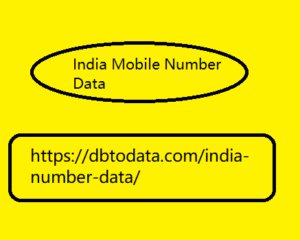Post by account_disabled on Mar 10, 2024 23:59:02 GMT -6
Generative algorithms represent , without a doubt, one of the most interesting topics currently gravitating around the world of artificial intelligence . In this chat with Massimo Cerofolini we took a journey with two objectives: to delve deeper and make the topic clearer. Among the stages there is no lack of GPT-3 , ChatGPT , GPT-4 , the comparison with search engines , ethical and legal issues, the generation of images ( DALL-E 2 , Midjourney , Stable Diffusion ), but also the generation of video and audio , Microsoft's VALL-E , up to GANs and brainwave interpretation . The same post you are reading represents an experiment whose protagonists are generative algorithms. The text, in fact, was obtained through 3 phases: a transcription of the video by OpenAI's Whisper , the subsequent summary of the main topics created through ChatGPT, and my review including additions.
The main image was also created through various Midjourney processing. The interview India Mobile Number Data on generative algorithms What are generative algorithms? Generative algorithms are systems based on artificial intelligence and machine learning that are trained on a large amount of data. They are able to generate new information, such as text, images, videos or sounds, starting from input instructions ( prompts ), based on the data acquired during the training phase. Generative algorithms are made up of artificial neural networks ( so we are in the domain of Deep Learning ) characterized by billions of parameters. The higher the number of parameters, the more precise and efficient the network's predictions will be, but at the same time it will also become more expensive to train ( here , an in-depth analysis of the meaning of "parameters" ).

GPT-3 and ChatGPT GPT-3 ( third generation Generative Pre-trained Transformer ) is an example of a generative algorithm developed by OpenAI capable of producing text similar to what could be written by a human being, has 175 billion parameters and has training based on 45TB of data from Wikipedia, Common Crawl, books available online and quality web pages. OpenAI is a non-profit company co-founded by Elon Musk , which today is on its way to becoming an appendage of Microsoft which has purchased the commercial use of its potential. ChatGPT represents OpenAI's conversational solution. Basically it is an algorithm based on GPT-3 ( and additional training dedicated to the programming code ) and optimized to interact with the user through " dialogue ".
The main image was also created through various Midjourney processing. The interview India Mobile Number Data on generative algorithms What are generative algorithms? Generative algorithms are systems based on artificial intelligence and machine learning that are trained on a large amount of data. They are able to generate new information, such as text, images, videos or sounds, starting from input instructions ( prompts ), based on the data acquired during the training phase. Generative algorithms are made up of artificial neural networks ( so we are in the domain of Deep Learning ) characterized by billions of parameters. The higher the number of parameters, the more precise and efficient the network's predictions will be, but at the same time it will also become more expensive to train ( here , an in-depth analysis of the meaning of "parameters" ).

GPT-3 and ChatGPT GPT-3 ( third generation Generative Pre-trained Transformer ) is an example of a generative algorithm developed by OpenAI capable of producing text similar to what could be written by a human being, has 175 billion parameters and has training based on 45TB of data from Wikipedia, Common Crawl, books available online and quality web pages. OpenAI is a non-profit company co-founded by Elon Musk , which today is on its way to becoming an appendage of Microsoft which has purchased the commercial use of its potential. ChatGPT represents OpenAI's conversational solution. Basically it is an algorithm based on GPT-3 ( and additional training dedicated to the programming code ) and optimized to interact with the user through " dialogue ".
